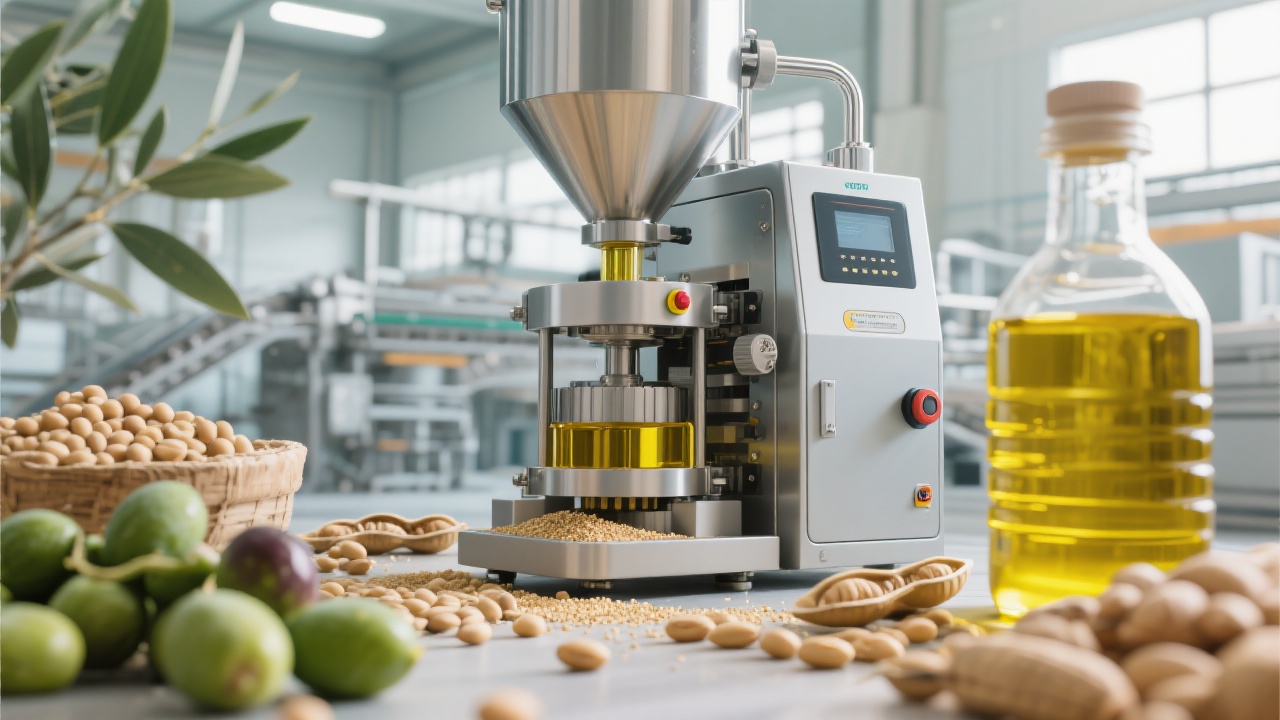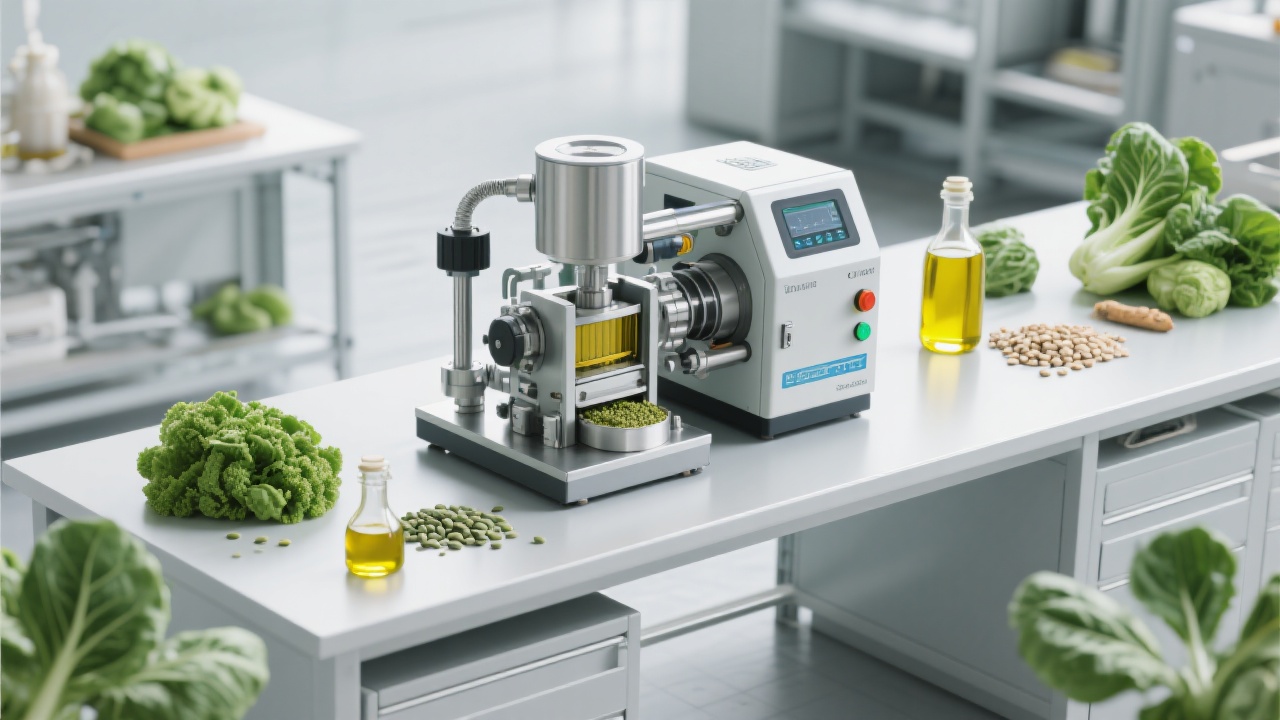
In the soybean oil industry, one of the most common pitfalls procurement managers encounter is underestimating the true impact of outdated processing technology on energy consumption and product quality. Modern soybean oil plants address these challenges by adopting green, efficient designs that drastically reduce energy usage while maintaining rigorous quality control standards. This not only enhances production but aligns with the growing demand for sustainable, health-conscious food products on a global scale.
A key driver of operational cost reduction in contemporary soybean oil facilities is the integration of energy-saving technologies like waste heat recovery systems, variable frequency drives (VFDs), and optimized mechanical pressing parameters. For example, hybrid solvent extraction combined with continuous screw pressing can increase extraction efficiency by up to 15% while reducing electricity consumption by 20% compared to conventional batch methods.
Data from a recent Southeast Asian facility retrofit revealed the average energy cost per ton of processed soybeans dropped from $35 to $28 after implementing these upgrades, contributing to a substantial decrease in carbon footprint. These innovations also minimize downtime and maintenance frequency, thereby increasing overall equipment effectiveness (OEE).
Ensuring product safety and consistent quality remains paramount in soybean oil production. Modern plants utilize inline spectral analyzers, near-infrared (NIR) sensors, and automated sampling coupled with AI-driven data analytics to detect impurities and monitor parameters such as free fatty acid (FFA) content, moisture levels, and oxidative stability in real-time.
These systems ensure compliance with international food safety standards like Codex Alimentarius and the FDA’s Food Safety Modernization Act (FSMA), bolstering brand reputation and facilitating smoother export operations. Moreover, advanced filtration and degumming techniques minimize residual phospholipids, improving shelf life by up to 35%.

| Parameter | Traditional Plant | Modern Plant |
|---|---|---|
| Energy Consumption (kWh/ton) | 850 | 680 |
| Oil Extraction Rate (%) | 88 | 95 |
| Product FFA Level (%) | 0.8 | 0.2 |
| Maintenance Downtime (hours/month) | 24 | 10 |
A leading exporter in South America recently revamped their production line by incorporating sophisticated energy-saving presses, inline quality monitoring, and eco-friendly solvent recovery systems. Before upgrading, their energy usage averaged 900 kWh per ton, and product rejection due to quality issues hovered around 5%. After the retrofit, energy consumption dropped 25% while extraction efficiency improved by 7%, resulting in a 60% reduction in product rejection rates over six months.
This transition not only enabled compliance with tighter environmental regulations but also attracted new international buyers prioritizing sustainability, thereby expanding market share.

Transitioning to green and energy-efficient equipment is no longer optional but a critical business imperative. Modern soy oil plants reduce environmental impact by lowering CO2 emissions up to 30%, an essential factor as global supply chains emphasize carbon accountability.
Additionally, improved oil purity enhances consumer trust and reduces post-production losses, creating direct economic advantages. However, the choice between different technology solutions should be driven by your company's core priorities—whether that emphasizes minimal operational expenditure, enhanced product quality, or regulatory compliance.

Interested in revolutionizing your soybean oil production with proven energy-saving and quality assurance technologies? Discover tailored solutions to build your sustainable supply chain now.
Have you experienced challenges balancing efficiency and quality in your soybean oil operations? Share your specific obstacles or scenarios, and we’ll provide customized case studies that illustrate how leading enterprises successfully overcame them.

